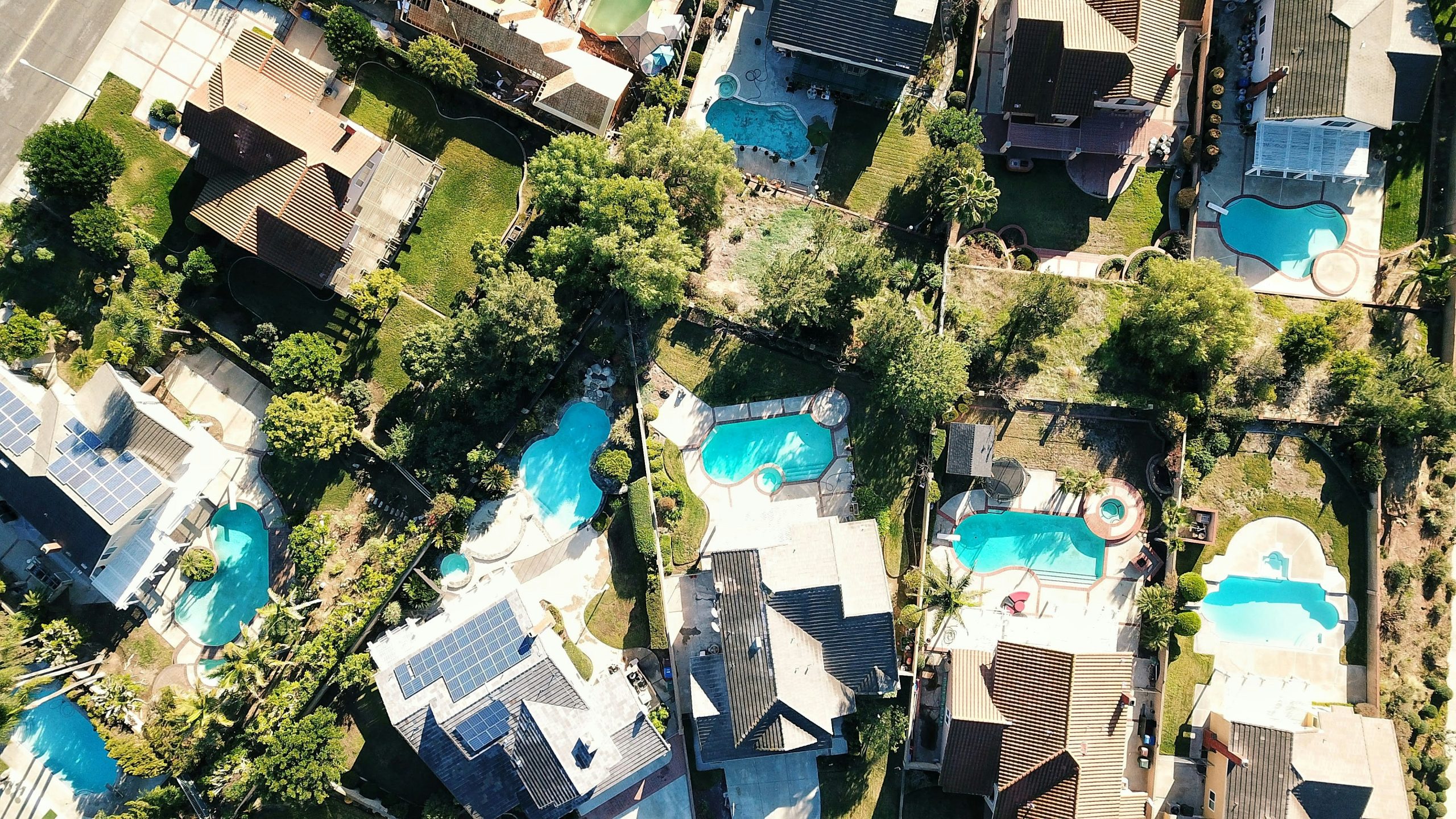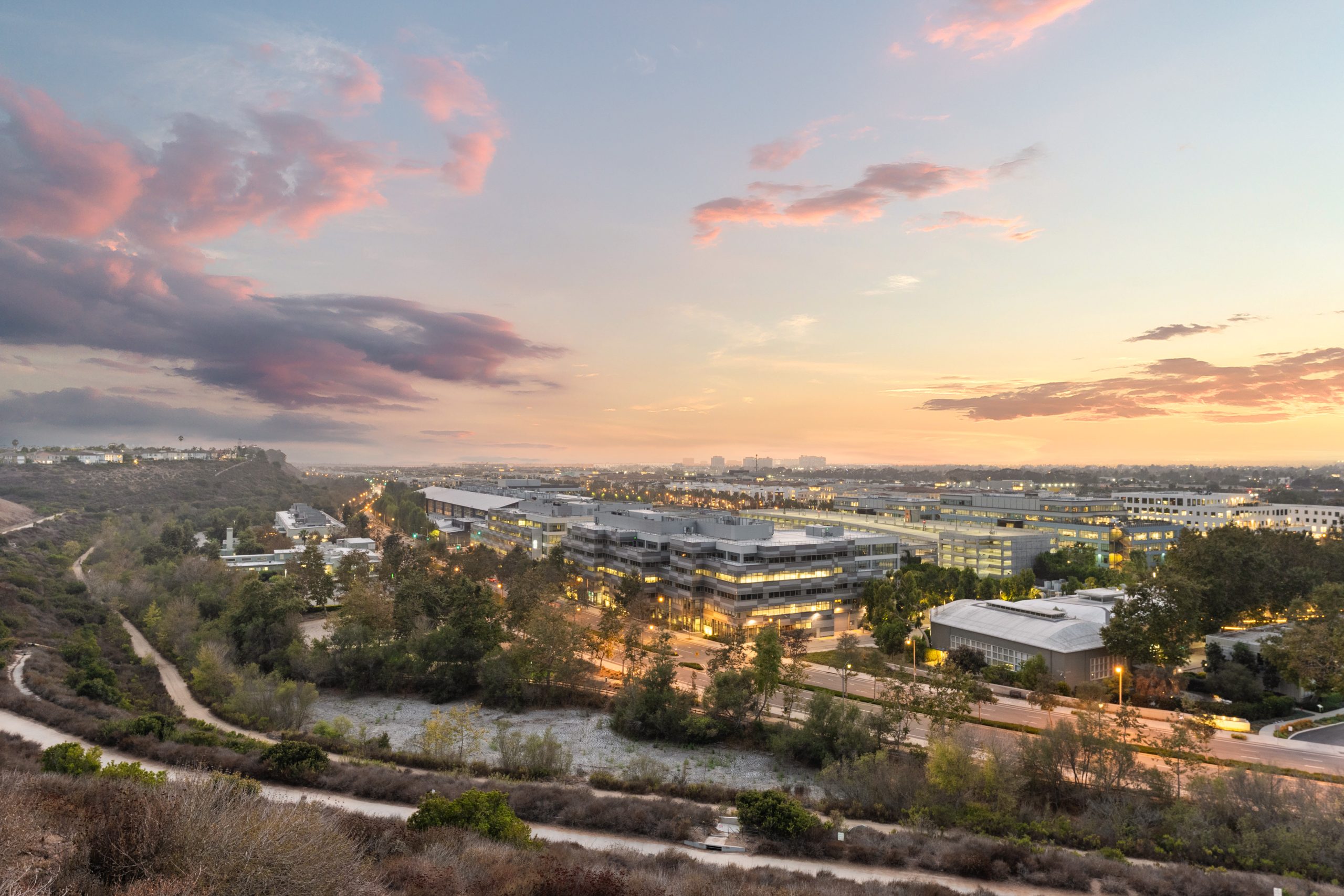Main Content

Everything You Need to Know About Pool Permits and Safety Requirements
Adding a swimming pool to your property in Los Angeles can be a dream upgrade—but it's also a regulated construction project with strict permitting and safety requirements. Whether you're building a new pool, buying a home with one, or updating an existing one, it’s important to understand what’s legally required.
Here's a complete guide to what Los Angeles County and City require for permitting a pool—and the safety features that must be in place.
Do You Need a Permit to Build a Pool?
Yes. In both City and County of Los Angeles, installing a new in-ground or above-ground pool requires a permit. This applies to:
- New construction of a pool or spa
- Major remodels of existing pools
- Pool removals or fills
- Installation of pool equipment (heaters, pumps, etc.)
Permits are issued by the Los Angeles Department of Building and Safety (LADBS) if the property is in the City of LA, or by LA County Public Works for unincorporated areas.
What Do You Need to Apply?
Expect to provide:
- A site plan showing pool location, setbacks, depth, fencing, and other structures
- Structural drawings (especially for larger or engineered designs)
- Plumbing and electrical plans
- Contractor license and insurance information
- HOA approval (if applicable)
After approval, you'll be issued a building permit and required inspections will follow during and after construction.
Zoning and Setback Requirements
Pool placement must comply with local zoning ordinances, including:
- Setbacks: Typically at least 5 feet from rear and side property lines (check your local zoning)
- Distance from structures: Pools often must be a minimum of 5–10 feet from your home’s foundation
- Coverage limits: Pools count toward total allowable lot coverage and impervious surfaces
Check with LADBS or your local jurisdiction to confirm property-specific requirements.
Required Pool Safety Measures
California law—and LA building codes—require specific safety features for all new pools or major renovations. These rules are in place to reduce the risk of drowning, especially among children.
At least one of the following safety barriers is required:
- Fencing
- Minimum 5 feet high
- No gaps greater than 4 inches
- Self-closing, self-latching gate with latch at least 60" high
- Pool Cover
- Must be ASTM F1346 compliant (i.e., strong enough to walk on and childproof)
- Exit Alarms
- Audible alarms on all doors or windows providing direct access to the pool
- Removable Mesh Fence
- Installed with a self-closing, self-latching gate that meets state code
In some cases, two safety devices may be required depending on pool depth, location, or access.
Note: If you're buying or selling a home with a pool, these safety features must also comply with California Health & Safety Code §115922, also known as the Swimming Pool Safety Act.
Additional Code Requirements
- Anti-entrapment drain covers are mandatory under the Virginia Graeme Baker Pool and Spa Safety Act
- Backflow prevention devices on fill lines to prevent contamination
- Electrical bonding and grounding around pool equipment
- GFCI protection for all outlets and lighting near water
What Happens Without a Permit?
Building a pool without a permit can result in:
- Fines
- Difficulty selling the property
- Forced removal or costly retrofits
- Possible insurance issues
Always verify permit history when buying a home with a pool, and work with a licensed contractor when installing a new one.
Final Thoughts
Swimming pools can add incredible enjoyment—and value—to your Los Angeles property, but they come with serious safety and regulatory obligations. Taking the time to understand permits and install the proper safety measures is essential for peace of mind, liability protection, and long-term compliance.
At the Stephanie Younger Group, we help buyers and sellers navigate pool permitting, inspections, and compliance—so you can focus on enjoying the perks of poolside living.
Disclaimer: This article is for informational purposes only and does not constitute legal or construction advice. Always consult your local building department, a licensed contractor, or a real estate attorney for site-specific requirements.

















